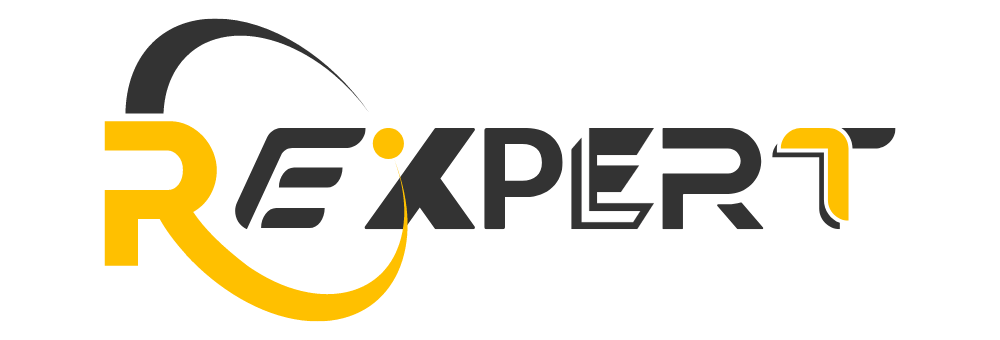Introduction
Hey there, fellow digital marketers and enthusiasts! As a remote digital marketing Expert, I’ve had my fair share of challenges and successes in the ever-evolving world of online marketing. Today, I want to take a deep dive into a topic that has brought me tremendous results, achieving 2000 clicks with on-page optimization. So buckle up, because we’re about to go on an exciting journey of boosting your click-through rates!
Understanding On-Page Optimization
Before we dive into the nitty-gritty details, let’s first get acquainted with on-page optimization and why it’s a vital aspect of digital marketing. Simply put, on-page optimization refers to the process of optimizing various elements on your website to improve its visibility and relevance in search engine results pages (SERPs). By fine-tuning these elements, you can attract more organic traffic and ultimately drive more clicks.
Conducting Thorough Keyword Research
Now that we understand the significance of on-page optimization, let’s explore one of its fundamental pillars: keyword research. Keyword research involves finding the right keywords and phrases that your target audience is using to search for products, services, or information related to your website. It’s like a treasure hunt for the words that can make or break your visibility.
To embark on this keyword treasure hunt, I highly recommend utilizing powerful tools like Google Keyword Planner, SEMrush, or Ahrefs. These tools can help you uncover valuable insights about search volume, competition, and related keywords. Don’t forget to consider long-tail keywords too—they may have lower search volume but can bring highly targeted traffic.
Crafting Engaging and SEO-Friendly Content
Keywords are the foundation, but great content is the soul of on-page optimization. To attract those precious clicks, your content needs to be engaging, informative, and optimized for both search engines and human readers. Gone are the days of keyword stuffing; today, it’s all about providing real value to your audience.
When crafting content, focus on incorporating your target keywords naturally throughout the text. Aim for a balance between readability and optimization. Remember, you’re not writing for robots, but for real people who crave engaging and valuable information.
Optimizing On-Page Elements
Now that your content is top-notch, let’s turn our attention to the essential on-page elements that can significantly impact your click-through rates.
Title tags: Craft unique and descriptive titles that accurately represent the content. Keep them concise, compelling, and optimized with relevant keywords.
Title tags are short and clickable headlines that appear in search engine results pages (SERPs). Crafting unique and descriptive title tags is crucial for accurately representing your content and attracting clicks.
Keep them concise, around 50-60 characters, and use action or power words to make them compelling. Optimize your title tags with relevant keywords to improve search engine visibility. Remember to strike a balance between optimization and user experience to maximize click-through rates.
Meta descriptions: Write click-worthy descriptions that entice users to click through to your website. Keep them concise, around 150-160 characters, and include your target keywords if they fit naturally.
Meta descriptions are brief snippets of text that appear below the title tags in search engine results pages (SERPs). Their purpose is to provide a concise summary of the content on your web page and entice users to click through to your website.
When writing meta descriptions, focus on making them compelling and engaging. Use persuasive language and highlight the unique value or benefits users can gain from visiting your web page. Think of it as a mini advertisement for your content.
Header tags: Use headings to structure your content, making it scannable and easy to navigate. Optimize your header tags by incorporating relevant keywords and organizing your content hierarchy.
Header tags are used to structure and organize your content, making it easy to read and navigate. By using headings like H1, H2, H3, and so on, you create clear sections and sub-sections within your content. It improves readability for users and helps search engines understand the hierarchy of your information.
To optimize header tags, incorporate relevant keywords naturally into the headings and maintain a logical hierarchy. This improves the user experience, assists search engine optimization, and enhances your content’s visibility.
Monitoring and Analyzing Performance
Once your optimized pages are live, it’s crucial to track and analyze their performance. Monitoring your efforts allows you to identify what’s working and what needs improvement. Tools like Google Analytics and Google Search Console can provide valuable insights into your website’s traffic, user behavior, and search performance.
One of the key metrics to focus on is organic traffic, which measures the number of visitors coming to your website through search engine results. By monitoring organic traffic, you can gauge the effectiveness of your on-page optimization efforts in driving relevant traffic to your site.
Another metric to consider is the bounce rate, which indicates the percentage of visitors who leave your website after viewing only one page. A high bounce rate may suggest that your content or user experience needs improvement. Analyzing the bounce rate for your optimized pages can help identify areas where adjustments can be made to increase engagement and encourage visitors to explore further.
Click-through rate (CTR) is another vital metric to keep an eye on. It measures the percentage of users who clicked on your website’s link when it appeared in the search results. A low CTR could indicate that your title tags and meta descriptions may need to be more compelling and enticing for users to click through.
By regularly monitoring these metrics and analyzing their trends, you can gain valuable insights into the success of your on-page optimization strategies. Identify which pages are performing well and which ones need improvement. This information allows you to fine-tune your approach, make data-driven decisions, and optimize your content to maximize its impact.
Conclusion
In conclusion, on-page optimization is a crucial aspect of digital marketing that can significantly impact your website’s click-through rates. By conducting thorough keyword research, crafting engaging content, optimizing on-page elements, and closely monitoring your performance, you can boost your organic traffic and achieve impressive results like the 2000 clicks I achieved.
Now it’s your turn to take action! Implement the strategies and techniques shared in this article, and watch your click-through rates soar. Remember, Rome wasn’t built in a day, so be patient, keep experimenting, and never stop learning. Happy optimizing, and may your clicks be ever plentiful!
FAQs
On-page SEO refers to the optimization techniques and practices implemented on a website to improve its search engine rankings and visibility.
The benefit of on-page SEO includes higher search engine rankings, increased organic traffic, improved user experience, and better conversion rates.
To increase traffic with on-page SEO, focus on optimizing title tags, meta descriptions, headings, content quality, keyword usage, internal linking, and website speed.
To get traffic to your website fast, consider using paid advertising, social media marketing, influencer collaborations, content promotion, email marketing, and search engine marketing (SEM) strategies like Google Ads.







